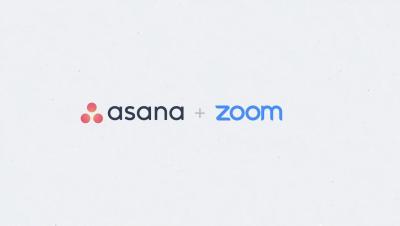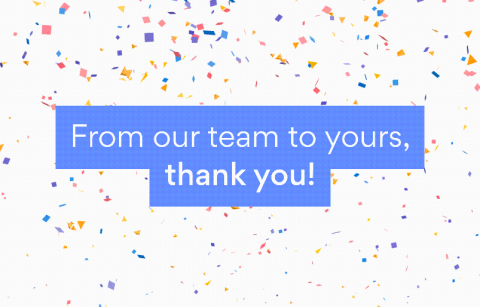Asana tips: Everything you need to know about Workload
How much clarity do you have into your team’s workload? If you answered “not a lot,” you’re not alone. In fact, 1 in 4 businesses say they either have no process in place or rely on “gut feel” to distribute work. As a result, a whopping 80% of employees report feeling overworked and close to burning out.











